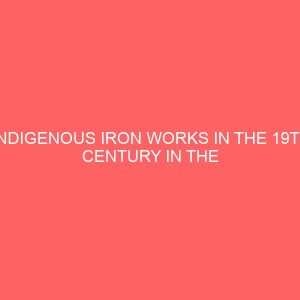2022-2023 FREE biochemistry project topics pdf & doc in Nigeria: Diploma, ND, HND, degree for undergraduates download | projects | projectslib.com | simple Diploma, ND, HND, degree, MSC, PG, PHD, MLT biochemistry department project topics ideas for high school, universities, polytechnics & college of education students | undergraduate biochemistry students research final year project topics | plant, medical, food, clinical biochemistry project topics | best biochemistry project work research ideas examples with abstract, Chapters 1-5 & references
Showing 1–20 of 117 results




